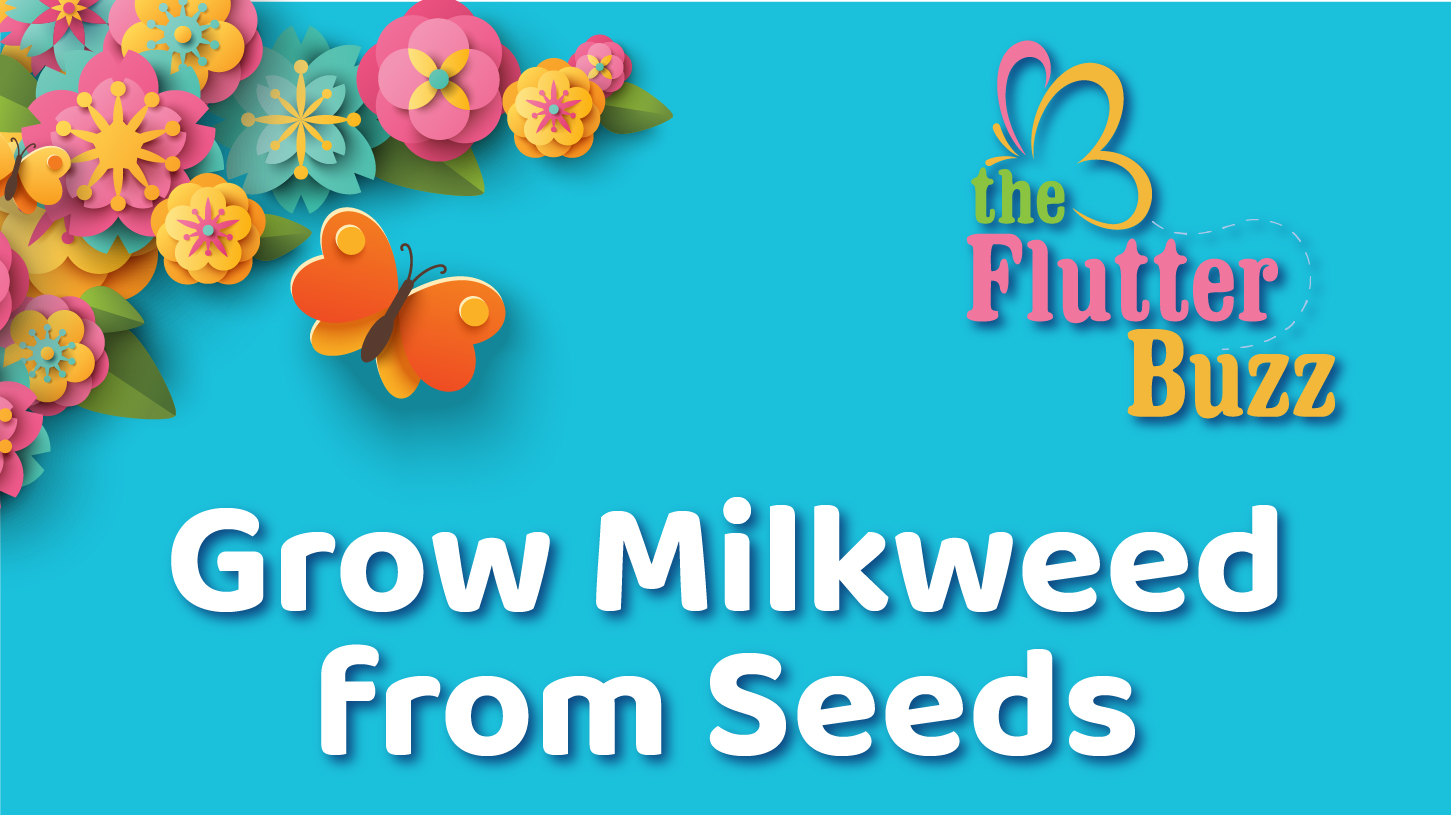
18 Aug Grow Milkweed from Seeds
Native milkweed is a vital plant for the survival of monarch butterflies, providing both nectar for adults and leaves for caterpillars. Propagating milkweed not only helps sustain these important pollinators but also contributes to the overall health of local ecosystems. Here’s a comprehensive guide on how to successfully propagate native milkweed in Northern Texas.



1. Understanding Native Milkweed Varieties
Before starting propagation, it’s important to identify the native milkweed species that thrive in ecoregion. Some of the most common species here in Texas include:
- Green Milkweed (Asclepias viridis): Prefers open prairies and is drought-tolerant.
- Antelope Horns Milkweed (Asclepias asperula): Known for its distinctive, curved pods and hardy nature.
- Butterfly Weed (Asclepias tuberosa): Bright orange flowers make this variety particularly attractive to pollinators.
Focusing on these native species ensures better success in propagation and supports local wildlife.
2. Collecting and Preparing Seeds
- Seed Collection: Collect seeds in the late summer to early fall when the pods are dry and beginning to split. Wear gloves to avoid the sticky sap.
- Cleaning the Seeds: After collecting, separate the seeds from the fluff by placing them in a paper bag and shaking it vigorously. The fluff can be removed by using a fan or by hand.
- Stratification: To mimic natural conditions, store seeds in a moist paper towel inside a plastic bag in the refrigerator for 30 to 60 days. This process, called stratification, helps break seed dormancy and increases germination rates.
3. Sowing Seeds Outdoors
- Timing: Sowing seeds in late fall or early winter is ideal. This allows the seeds to experience the natural cold stratification over winter.
- Site Selection: Choose a location that receives full sun and has well-drained soil. Milkweed thrives in sandy or loamy soils.
- Sowing Technique: Scatter the seeds on the soil surface and lightly press them into the soil. You can also cover them with a thin layer of soil or compost, but do not bury them deeply.
4. Starting Seeds Indoors
5. Caring for Milkweed Plants
- Watering: Once established, milkweed is drought-tolerant and requires minimal watering. Water new plants regularly until they are established.
- Mulching: Apply a light layer of mulch around the base of the plants to conserve moisture and suppress weeds.
- Pruning: Milkweed can be pruned back in the fall to remove dead stems and encourage new growth in the spring.
6. Encouraging Monarchs and Other Pollinators
- Avoid Pesticides: Pesticides can be harmful to monarchs and other beneficial insects. Opt for organic pest control methods if necessary.
- Companion Planting: Plant milkweed alongside other nectar-rich plants like native wildflowers to attract a variety of pollinators.
7. Collecting Seeds for Future Plantings
Once your milkweed plants have matured, you can collect seeds to continue propagating or share with others. Follow the same seed collection and preparation steps outlined earlier to ensure you have a steady supply of seeds for future seasons.
Conclusion
Propagating native milkweed is a rewarding process that benefits both your garden and the broader ecosystem. By understanding the needs of your local milkweed varieties and following these propagation steps, you can contribute to the conservation of monarch butterflies and enjoy the beauty of these resilient plants in your landscape.
Happy gardening!
